By William F. Floyd Jr.
By dawn on June 9, 1944, the men of the Company C, 1st Battalion, 325th Glider Infantry Regiment, of the 82nd Airborne Division found themselves engaged in a fierce firefight with German troops at the village of Cauquigny just west of the Merderet River in Normandy’s Cotentin Peninsula. The company’s forward platoon soon became pinned down in a ditch by enemy fire. As they sought a way out of their predicament, the Germans maneuvered to outflank and annihilate them.
When it became apparent to New Yorker Private Charles N. De Glopper that his platoon might be slaughtered, he left the cover of the ditch and knelt in the roadway firing his Browning Automatic Rifle to cover the withdrawal of his fellow airborne troops.
He immediately attracted the enemy’s attention. German soldiers began firing on him from several directions. Although he was soon wounded, he continued to fire burst after burst from his BAR until he was killed outright. For his remarkable courage and gallant sacrifice that day, De Glopper was posthumously awarded the Medal of Honor. De Glopper showed the value of the BAR in furnishing covering fire with a portable automatic weapon.
The first generation of machine guns, unveiled in the late 19th century, were far too cumbersome to be used in any manner except in fixed positions. Hiram Stevens Maxim, a native of Sangerville, Maine, was the first weapons designer to combine the words automatic and machine gun. He invented a recoil-operated machine gun that bore his name in 1884.
The Maxim gun, the first fully automatic machine gun in the world, used the power of the recoil generated from the power charge in the cartridge to produce the entire cycle of operation. All the operator of the Maxim gun had to do was release the sear—the part of the trigger mechanism that holds the hammer, striker, or bolt back until the correct amount of pressure has been applied. The internal workings of the gun performed all of the other actions for the weapon to fire. Maxim’s simple mechanism was so successful that it remained unchanged for many years.
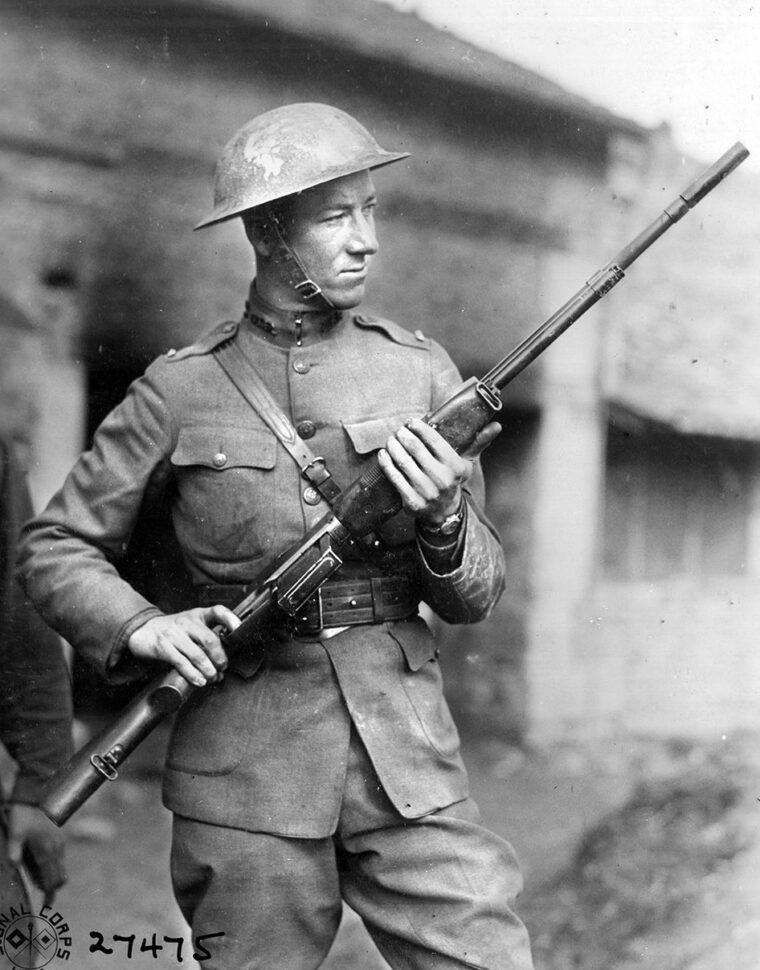
The BAR was designed by John Moses Browning a native of Ogden, Utah. John and his younger brother Matthew founded the Browning Arms Company in 1878. Browning made a discovery in 1889 that eventually would change the entire military world. While testing one of his rifles in Utah’s salt marshes, he noticed that every time he fired the rifle the bulrushes parted from the blast for quite a distance from the muzzle.
Browning believed that he could harness the force of expanding gases to generate automatic fire.
Browning’s M1895 Colt–Browning machine gun, based on a design dating to 1889, became the first gas-powered machine gun. Browning worked during his long career for other arms makers, including Winchester, Colt, and Remington. He demonstrated a prototype of the BAR light machine gun in 1916 for the U.S. Army at Colt Firearms Company in Hartford, Connecticut. At the time, the U.S. Army equipped its forces in the Mexican Expedition against the paramilitary forces of Mexican revolutionary Francisco “Pancho” Villa with machine guns. The prototype performed well, and Army officials expressed a keen interest in the BAR.
The Army tested the BAR and liked the results.
It negotiated a license with Colt, but Colt had too many other military orders and lacked the capacity to produce the BAR. For that reason, the Army awarded the production contract for the M1918 model to Winchester in September 1917. Winchester furnished more than half of the 102,125 BARs produced during World War I, but Marlin-Rockwell and Colt furnished the rest.
During World War I, U.S. infantry had access to new small arms technologies such as self-loading rifles, full-automatic machine guns, and semi-automatic pistols. The French in World War I were keen on automatic fire and passed on their enthusiasm to the Americans when they joined in the battles on the Western Front. The concept of “walking fire” developed and armies desired weapons that could put out heavy fire when clearing out an entrenched foe.
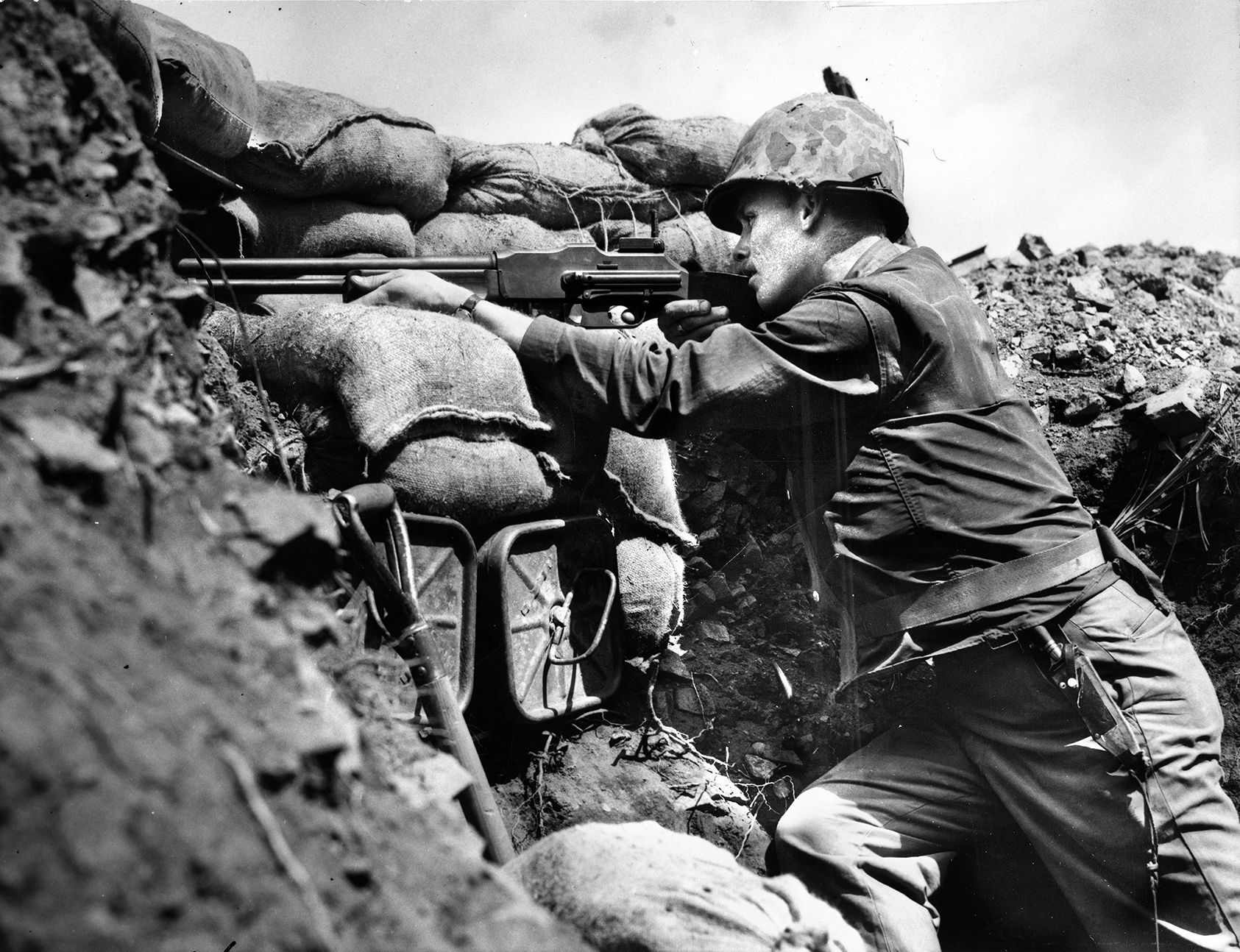
Browning’s BAR employed a gas-operated system that relied on a piston moving within a cylinder assembly. The assembly was fitted under the barrel and the open-bolt action was housed in a rectangular, nearly featureless receiver. The magazine feed was located just ahead of the trigger unit, and the shoulder support of the weapon constituted a traditional rifle-style butt. It also had a hand guard under the forward mass of the weapon. The weapon had forward and rear iron sights for the operator to deliver accurate fire up to 1,000 yards.
Although intended as a light machine gun, it also came to be regarded as a heavy assault rifle. Regardless, it met the pressing need for a lighter, portable automatic rifle that could lay down sustained fire. The first models of the BAR M1918 had no bipod and were intended to be fired either from the hip or shoulder.
The BAR has chambered various types of ammunition over the course of its development, but most frequently it has used .30-06 Springfield. About 47 inches long, the BAR has a 20-round magazine. The 18-pound M1918 model had a firing selector that allowed the operator to choose between semi-automatic or full-automatic fire. In practical terms, the operator could fire the weapon as fast as 650 rounds per minute, but also could fire single shots or short bursts of two or three rounds to increase accuracy.
The BAR’s principal drawbacks, however, were that it had a fixed barrel that could not be changed and that it had a low magazine capacity. The BAR did not have a water cooling jacket or an interchangeable barrel, found on various other machine guns to control heat buildup in the gun barrel.
In spite of these drawbacks, the combination of portability, fire power, and reliability made the BAR a popular weapon and it was in great demand. Indeed, the BAR stood up under even the worst of battlefield conditions and, as far as military firearms are concerned, it was practically indestructible.
The U.S. Army sought to make changes to the BAR that would improve it in the 1930s. Based on observations of soldiers using the BAR in combat, the Army knew that the most effective firing position was when the operator was lying prone on the ground. To stabilize the gun when used in the prone firing position, a bipod and a hinged bullet plate were introduced in 1937 with the BAR M1918A1 version. The upgrade consisted of modifying existing models of the previous version.
When the threat of World War II arose, ordnance departments realized there was no porlight machine gun for infantry squads that could be put into immediate use. The U.S. Army issued the M1918A2, adopted on June 30, 1938, as the sole automatic fire support weapon for a squad made up of 12 men.
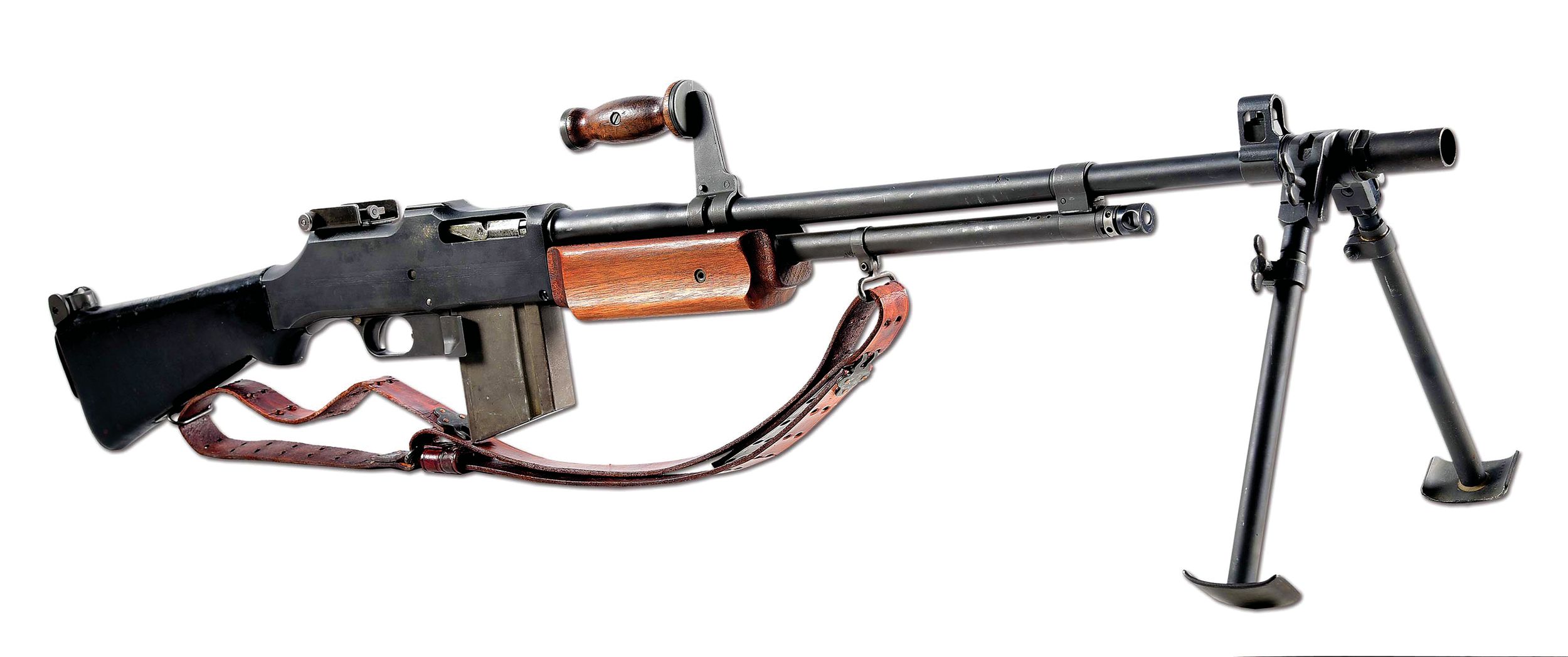
The tooling equipment used by Colt had been in storage, and it was used to restart production. Colt was soon back in full production of the BAR making large-scale deliveries in 1942. A total of 208,380 were produced during World War II.
All of the soldiers in the U.S. Army were trained at the basic level how to operate and fire the weapon in case the designated operator in their squad was killed or wounded. At the beginning of the conflict most infantry companies had two-or three-man BAR teams. The teams comprised a gunner and one or two assistant gunners who carried extra ammunition magazines. Worth noting, the average combat life span of a World War II BAR soldier was estimated to be 30 minutes.
Fire and movement tactics centered on the M1 rifleman in the squad while the BAR man was detailed to support the riflemen in an attack and provide mobility to the riflemen with a base of fire. The doctrine was established early in the war after U.S. Army ground forces encountered German troops with automatic weapons that included fast-firing portable machine guns.
Some U.S. Army BAR gunners and nearly all of the Marine gunners in the Pacific Theater discarded the M1918A2’s bipod and flash hider to save weight and improve portability. With these modifications, the BAR effectively reverted to its original role as a portable automatic rifle. Marines in the Pacific battles frequently positioned a BAR operator at the front or rear of a patrol or infantry column where he could help break contact on a jungle trail in the event of an ambush.
The BAR was used by American soldiers in all the major theatres during World War II. The M1918 mode that used .30-caliber ammunition was not capable of semiautomatic fire. It had two cyclic rates of full automatic fire, a fast one and slow one that could be adjusted by the shooter. The effective rate of fire varied from 120 to 150 rounds per minute.
Due to production demands, war priorities, subcontractor issues, and material shortages, orders for the M1918A2 were exceeding the number which could be manufactured. Even as late as 1945 some U.S. Army units were sent into battle still using the older model. Some units were receiving BARS with inoperable or malfunctioning recoil buffer mechanisms. Despite its many problems, the BAR proved to be rugged and reliable enough when field stripped and cleaned on a regular basis.
The U.S. Army continued to use the BAR during the Korean War. Indeed, the BAR remained the mainstay of the infantry squad during the conflict. A typical BAR gunner in the Korean War wore a 12-magazine belt and combat suspenders with three or four extra magazines in his pockets. As in World War II, gunners often chose not to use the bipod in order to save some weight.
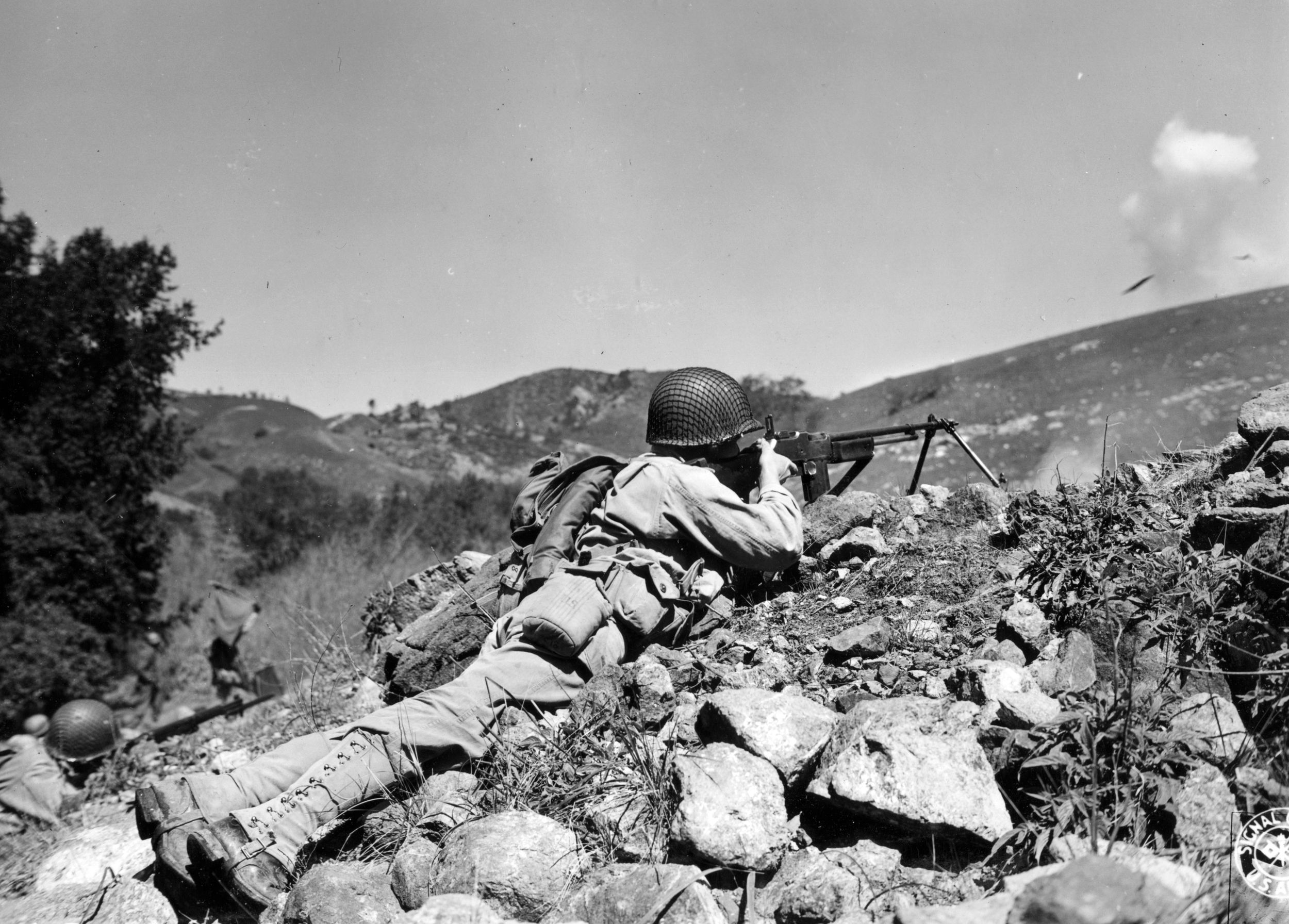
During the Korean War, the M1918A2’s range and penetrating power usually offset its lack of a quick-change barrel and weight (19 pounds empty w/o bipod) against light weight rapid firing enemy machine guns.
In combat the M1918A2 would frequently decide the outcome of attacks by North Korean and Chinese Communist forces. Communist tactical doctrine was based on the mortar and machine gun. Their attacks were designed to envelop and cut off United Nations forces from supply and reinforcement by placing their heavily camouflaged and protected weapons as close to U.N. forces as possible.
In times of greatest danger, a soldier or Marine equipped with a BAR could help bolster weak areas of a perimeter under heavy pressure by Communist forces. Moreover, it was frequently used to strengthen the firepower of forward outposts.
Another important function of the BAR was to eliminate enemy sniper fire. In the absence of trained American snipers, the BAR proved more effective than the response fire of six M1 riflemen. In comparison with World War II, U.S. infantry soldiers in Korea saw a huge increase in the number of night engagements. The additional firepower of the BAR rifleman and his ability to redeploy to hot spots around the unit perimeter proved indispensable in deterring night infiltration by enemy skirmishers as well as repelling large scale night infantry assaults.
While new production M1918A2’s were almost universally praised for faultless performance in combat, a number of malfunctions were reported with armory reconditioned M1918A2. These reconditioned weapons did not replace operating recoil springs as a requirement of the reconditioning program. After years of complaints, the U.S. Army addressed the problem of maintaining the problematic gas piston on the BAR by issuing disposable nylon gas valves. By being able to replace the valves, it eliminated the tedious task of cleaning and polishing the old-style valves.
The M1918A2 also was used during the early days of the Vietnam War. The U.S. military delivered a quantity of obsolete second-line small arms to the South Vietnam Army and other groups fighting on their side. These included the Montagnard irregulars in South Vietnam. Advisers from the U.S. Special Forces preferred the BAR over most other available infantry weapons.
Today, the rugged U.S.-made BAR is still found in service with some foreign armies. From its first use in World War I to the early days of the Vietnam War, the BAR made a real difference to U.S. Army soldiers and Marines in combat.
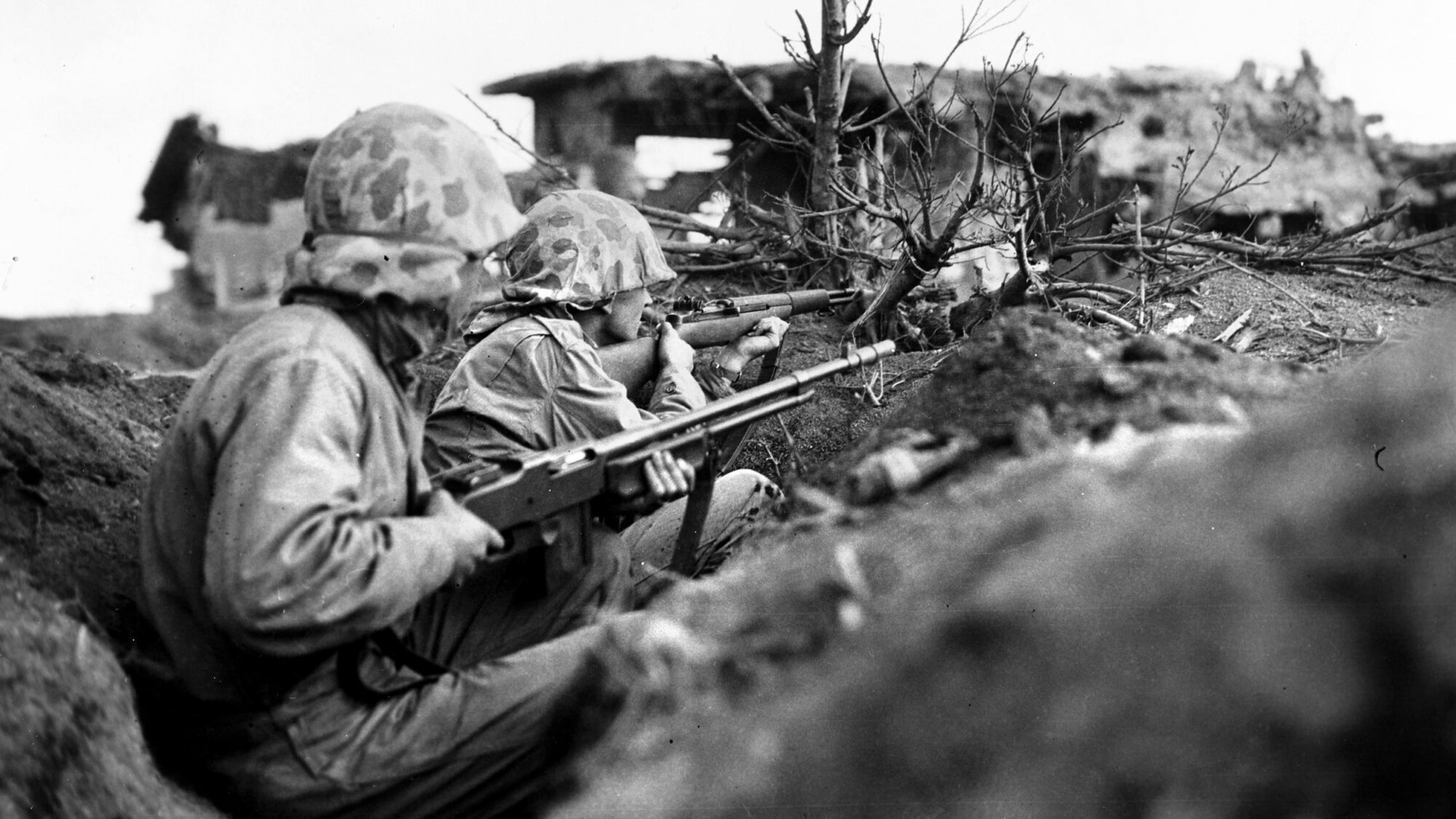
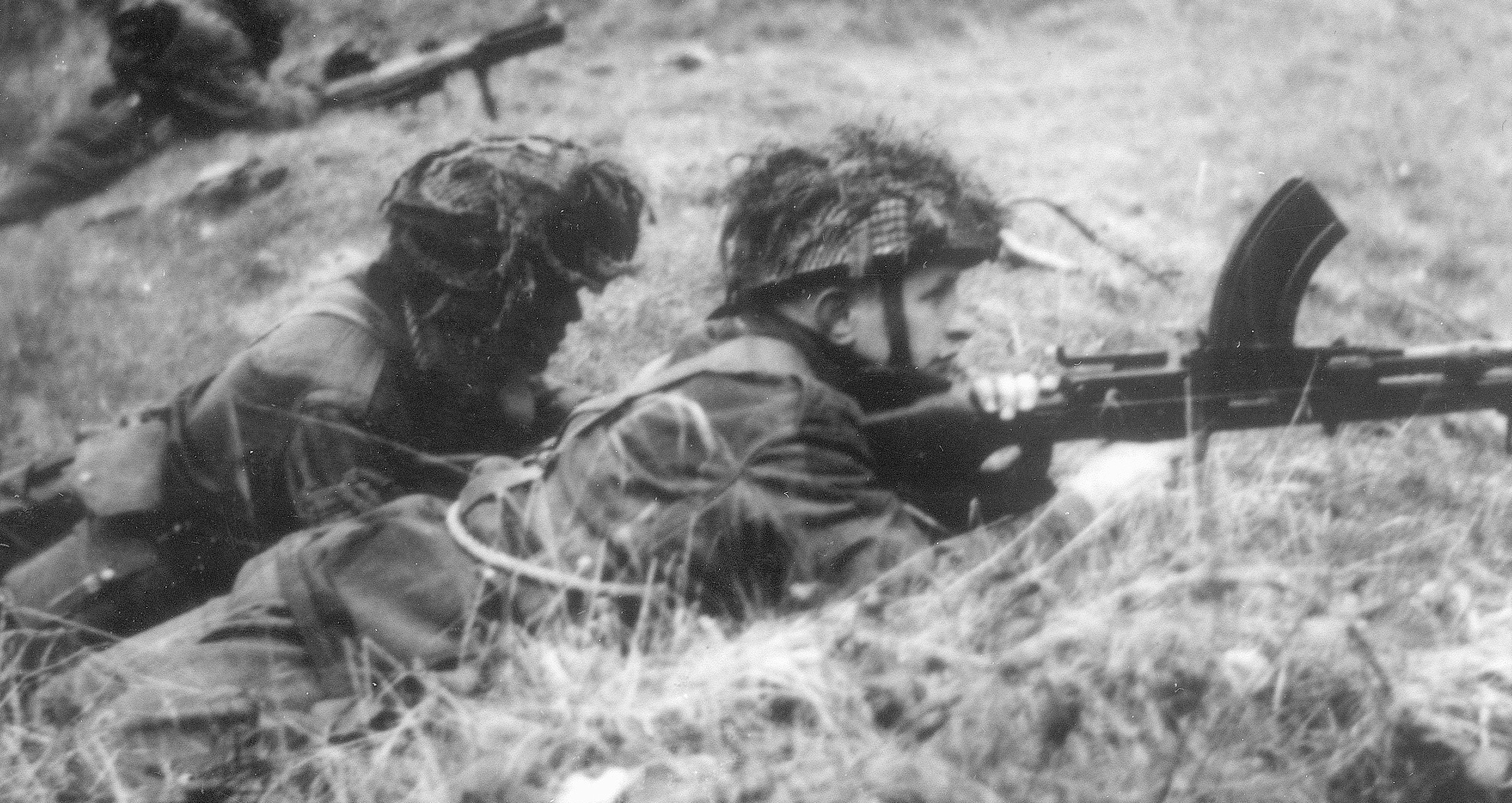
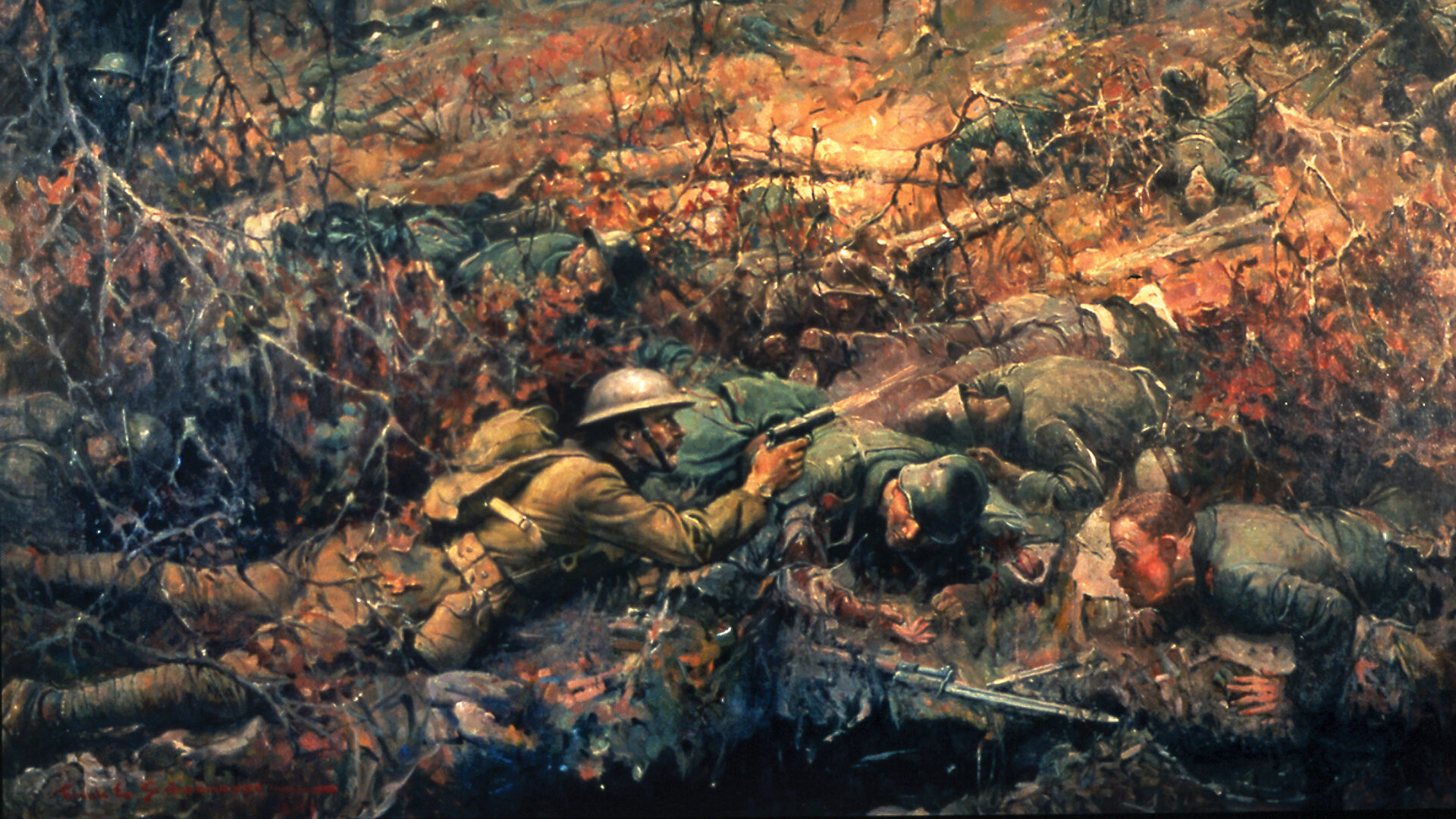
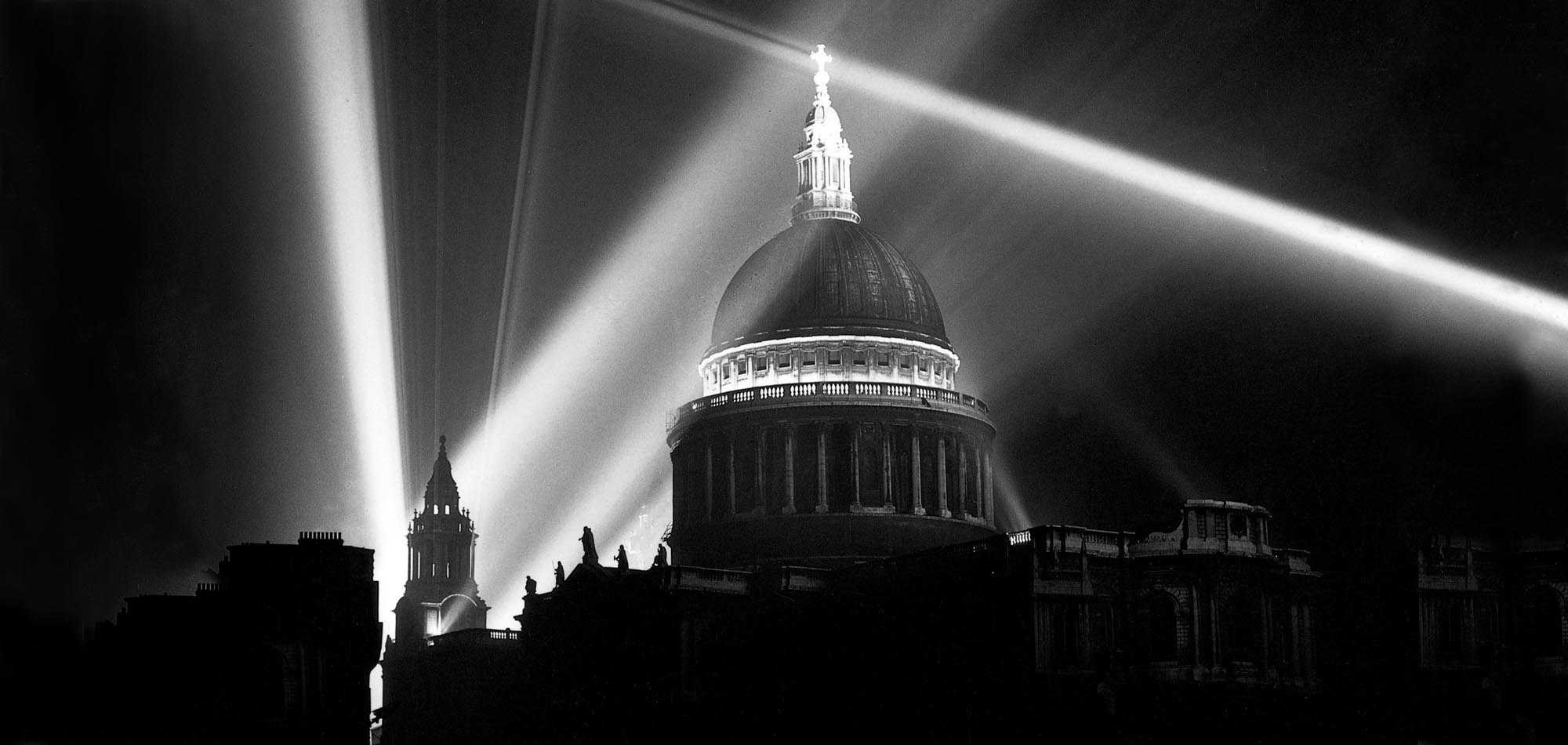
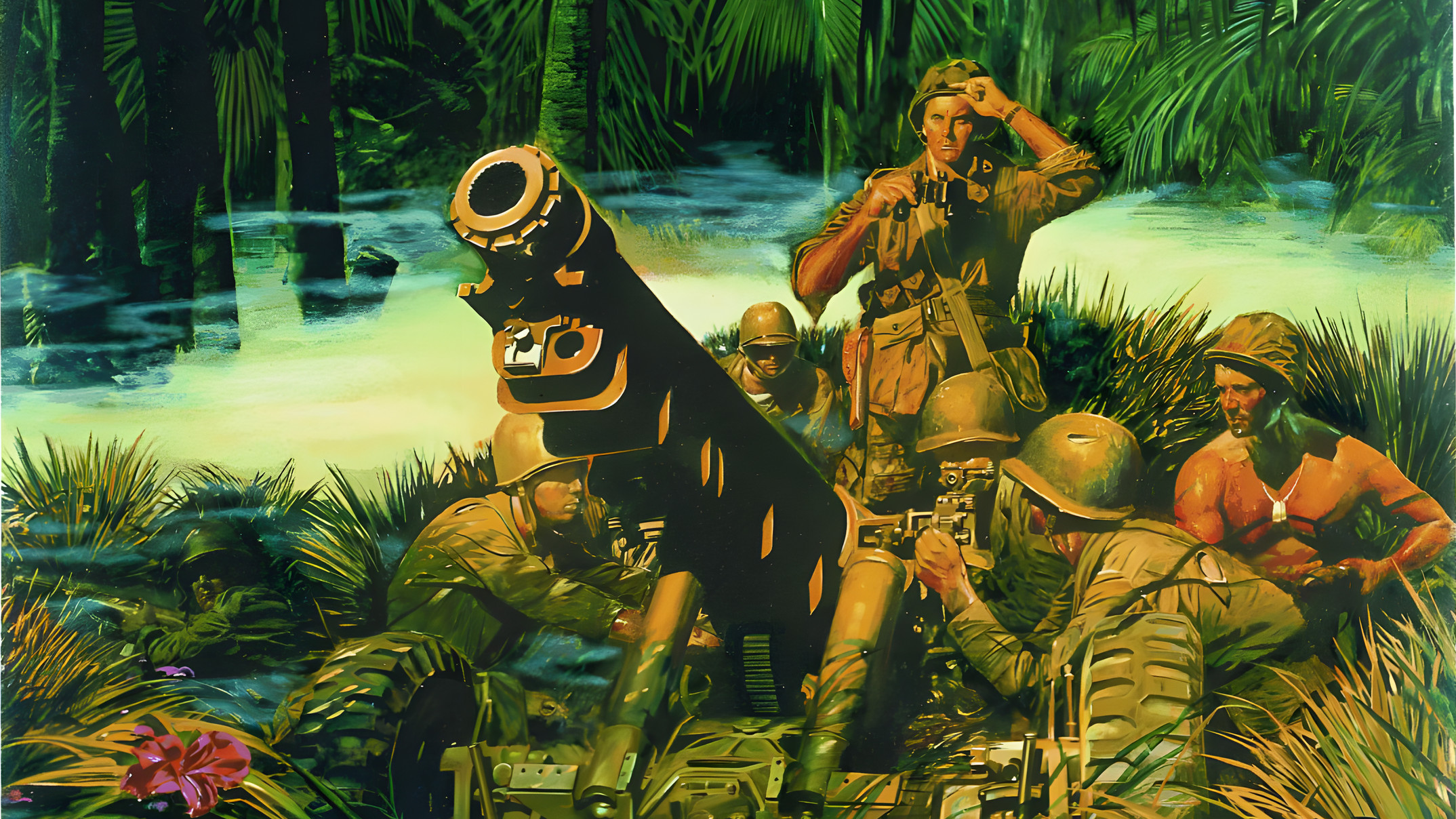
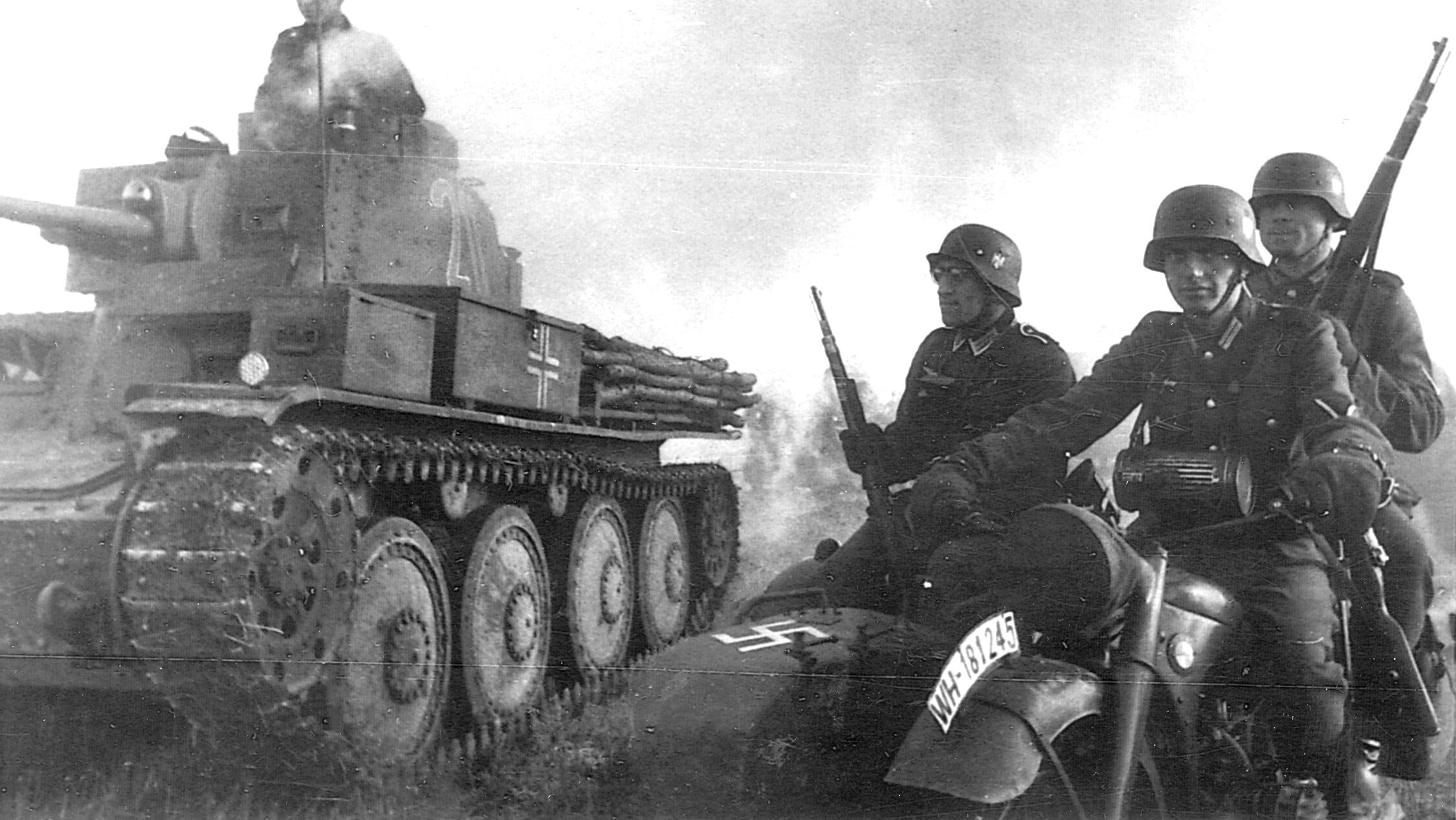
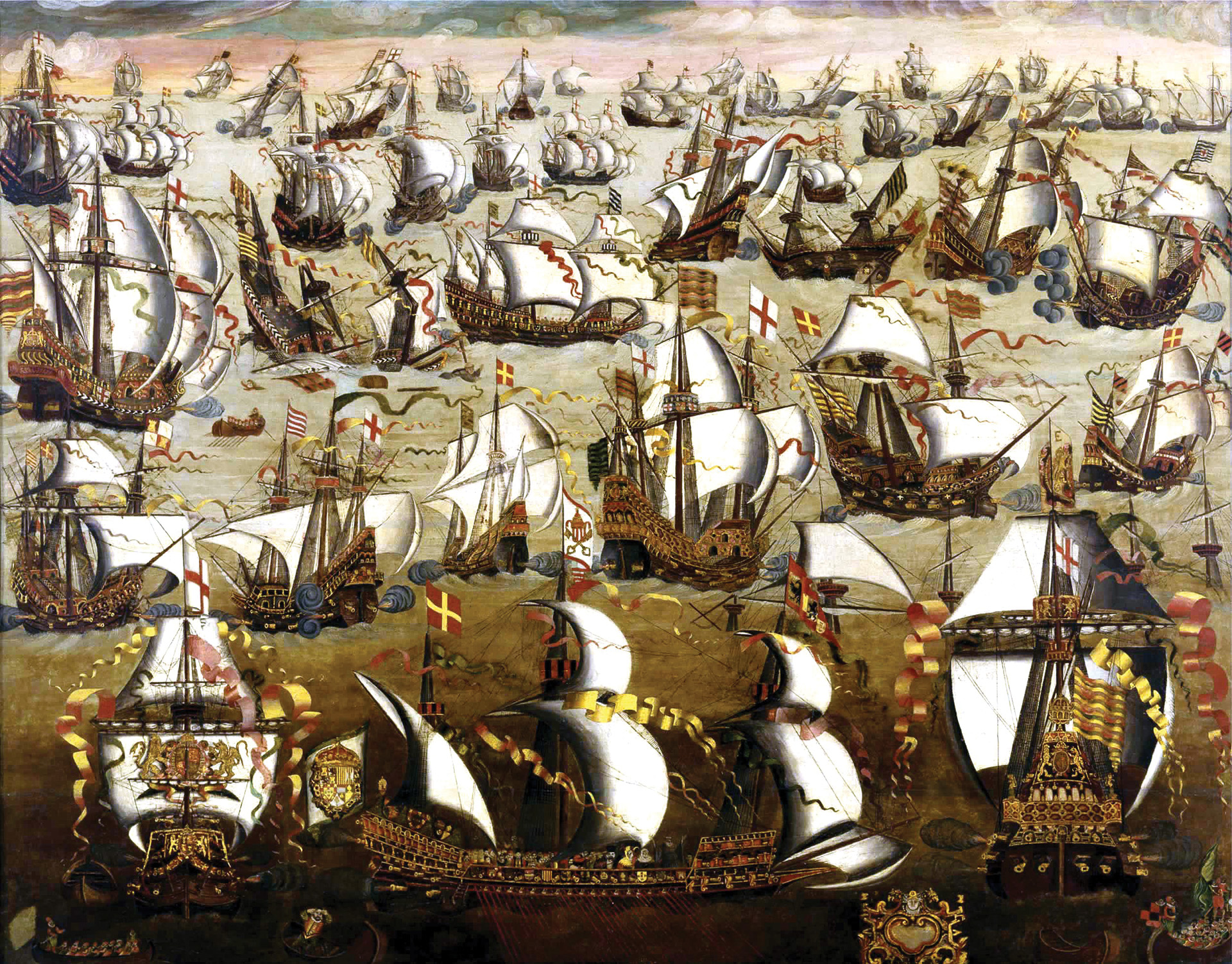
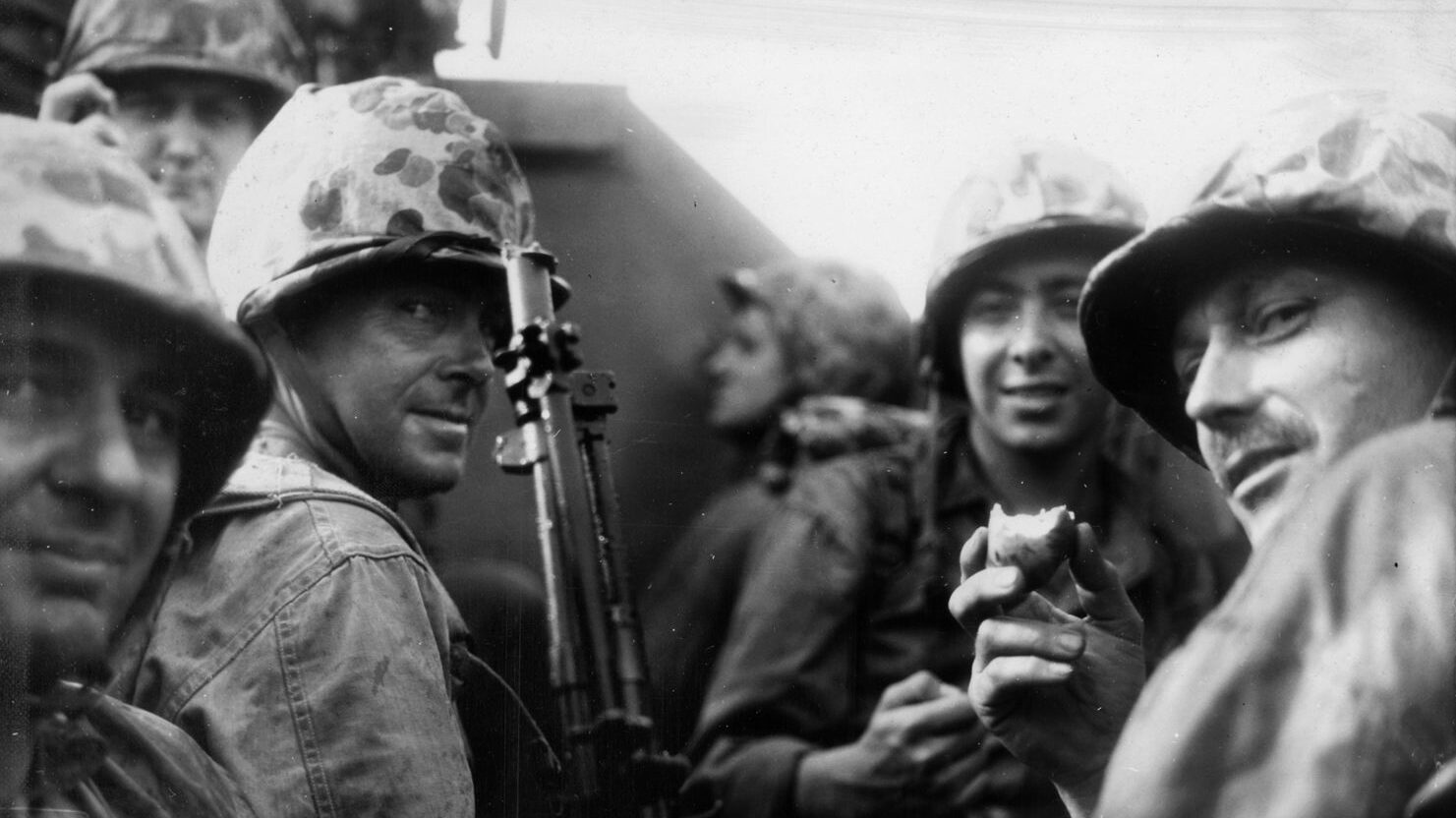
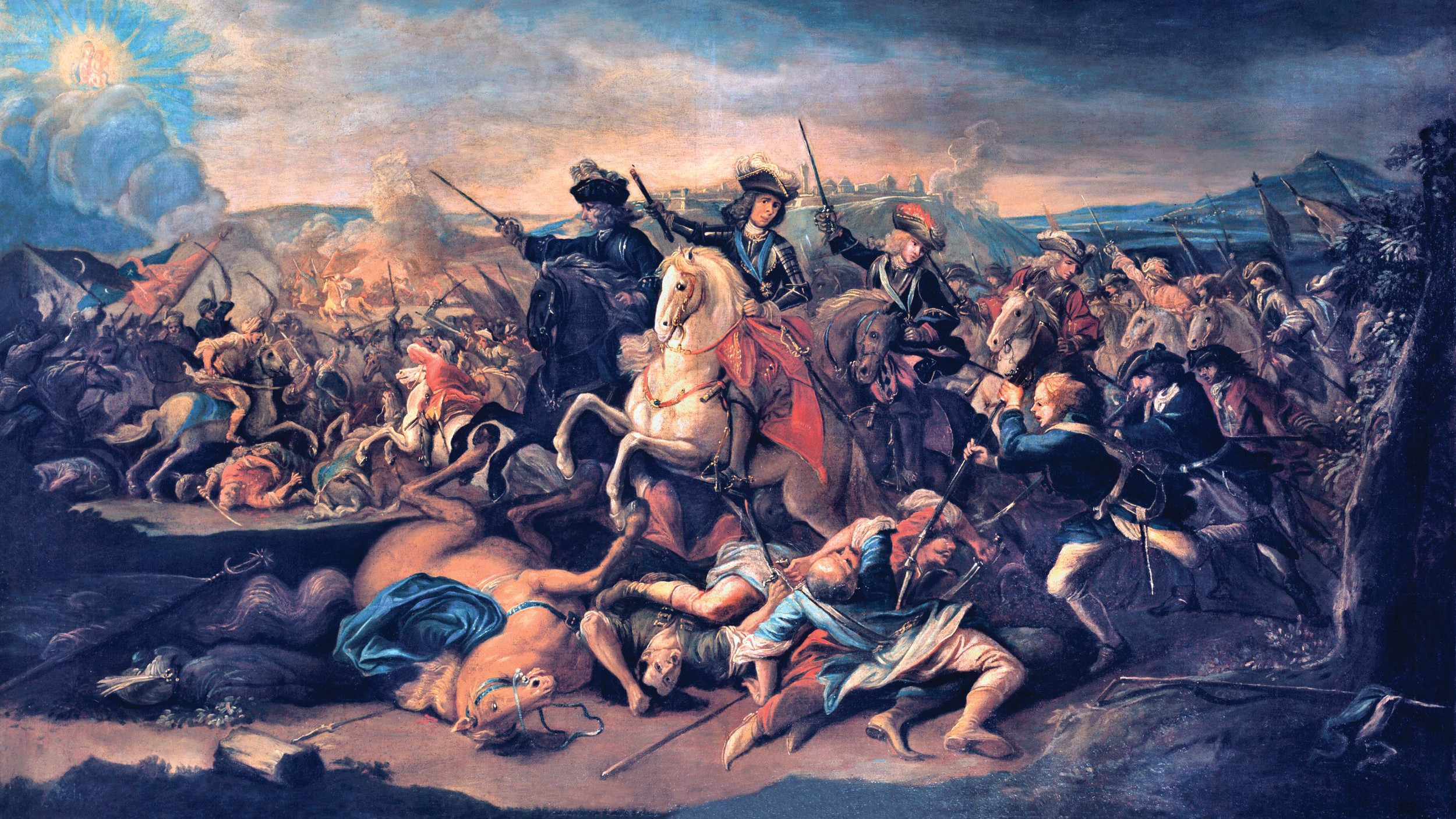
Join The Conversation
Comments
View All Comments